September 9th was the day. Bungie, developers of the Xbox-exclusive FPS Halo series, was releasing its new game, and to the joy of the Sony gaming community, this one would be available on PlayStation, too. But right at the outset there were some troubling issues – for one thing, game testers couldn’t get their hands on the game until it was officially released, and the number of playable missions was not what you’d call extensive. The rumor mills were operating at full capacity, and the conspiracy theorists had a field day. The following review will reveal whether Destiny is truly the next great breakthrough in MMO games it’s cracked up to be.
More than 700 years ago, mankind set foot on Mars for the first time. This was a major step forward, as expeditions so far from Earth were barely conceivable up to that point. What the expeditionary team found waiting there for was something that would rewrite history – an extraterrestrial life form. This spherical entity, known as “the Traveler”, shared its technological secrets with human beings. It was now possible for us to penetrate deep into the solar system and to make other planets habitable for terrestrial life. The rapid expansion of mankind over the next few centuries led us to neighboring stars, which we were able to harness for our own ends. We mined resources and generated energy, and soon a Golden Age had dawned, a time of peace, prosperity, and technological progress. No one questioned the intentions of the noble being who had made all these things possible. But somewhere out there, a great danger lurked, as the Traveler had enemies of its own. Soon enough, “the Darkness”, with a confederation of several different alien races, fell upon the Blue Planet, taking no prisoners. The war raged for years, and most of humanity’s vast empire was destroyed, and the planet itself was put in great danger. As mankind stood on the brink of destruction, the Traveler used what was left of its power to create a protective aura over an area where the survivors would build “the City”, the last safe haven for humanity in the solar system. The Guardians, people from all over the solar system who now call the city home, spend their time sifting through the remains of civilization for pieces of the ancient lost cultures – and their weapons – in the hopes of one day ending this conflict once and for all.
Gameplay
At the beginning of the adventure, our protagonist has shared the same fate as the majority of the inhabitants of Earth. After all this time, the traces of the past are still clearly recognizable. Ancient cars are piled up by the hundreds, the remains of their drivers still visible. This is where long ago, humans attempted to escape the extraterrestrial attacks, and invasion which had already been in progress for weeks. The armies of our world proved powerless against them, and one city fell after another. Anyone who was able to, such as the character you’re now playing, took flight in the hopes of finding safety. Unfortunately, it was exactly here that your journey came to an abrupt end.
At least that the last thing you remember. Why, after so many years, you once again find yourself amongst the living is not a question you’ll get an answer to at first. At least the “Ghost” machine you meet isn’t letting on why you’re getting this second chance. Someone has already noticed your presence, so there’s no time for questions. Not wanting to lose this new life of yours as soon as it’s been given to you, you follow the instructions of your companion and make for an abandoned industrial complex in an attempt to evade your pursuers. Little by little, this dramatic tutorial teaches us the basics of the controls and gameplay. Genre-typical moves like ducking, running, and jumping are quickly explained, and even your first firefight with an assault rifle goes pretty smoothly. This mission at the beginning of the game is the same for each of the three classes, and doesn’t get into the special features of each one. The clearly arranged character editor at the beginning of the journey also provides very little information about the differences between the individual classes. It’s only in the course of the first mission that you can start to unlock some of the abilities associated with each class. And only then will you know if the Guardian you’ve chosen meets your expectations of what that class should be.
The Hunter is the classic “bounty hunter” type, an agile fighter who specializes in small arms and blades, the Warlock is the “space wizard” who can hurl balls of pure energy at his or her enemies, and the Titan is the classic heavily-armed and armored “space warrior” who can jump right into the fray and tear the enemy to pieces. This pretty much sums up the differences between them. You can learn various active and passive skills unique to your class; these usually have to do with the class’s special attacks, and can be unlocked as you level up. They might, for example, reduce cooldown times or add damage bonuses. You’re often forced to choose between different upgrades, but you can’t really go wrong, as you can always go back and reverse any choices you made – meaning you can’t truly individualize your Guardian. Also, there aren’t really any limits placed on the individual classes as far as equipping items, and most weapons and armor can be used by any class. There are a few class-specific armor items to be sure, but these aren’t really of much consequence. The reasons for this can be found in the way the game is set up. While in most MMORPGs you’re forced to go into battle with several other players and combine your various strengths and weaknesses, multiplayer gameplay can be seen as more or less optional in Bungie’s latest title. But more on this later.
But back to your daring escape. After borrowing an abandoned spaceship, you head for the Last City on Earth. The Traveler’s protective shield is still active, allowing this final bastion of humanity to be built. The City has lots of merchants who sell weapons, armor, and other items, as well as several other useful characters who provide the player with information or offer minor tasks to complete within larger missions – mostly of the “earn 9000 XP without dying” variety, or “kill X amount of a certain kind of enemy”.
The survivors’ last bastion is well laid out, and the important NPCs are all no more than a stone’s throw from one another. This is really convenient, since by far not every inhabitant of the City is relevant. You’ll be able to find everything you need here, but the real central location is your spaceship, which is in orbit above the City. This is where you can plan your route and choose the gameplay mode.
When you land on the surface of each planet, the visual differences are immediately apparent. Mars, with its bleak sand dunes, comes off as a rather inhospitable environment, while Venus gives you a glimpse of a culture long since gone. It’s really impressive to see how nature has slowly reclaimed the cities of man on these planets. You might not notice at first just how big these environments are, as open areas are joined by tunnel systems of building complexes. The good balance between open-air segments and scenes in buildings or underground provide for a nice amount of variety and will make you want to explore. Unfortunately, these exploratory forays are only seldom rewarded with one of the highly valuable Loot Chests. When out exploring, it’s always a good idea to have a “Sparrow” hover-bike in your inventory, which appears in the game-world when you need it and can be used at almost any time to get around a lot faster than you would by walking. You can also capture enemy vehicles, which are often superior to your own, as they’re equipped with powerful weapons systems.
The enemies you’ll find on the various planets are as diverse as the planets themselves and exhibit completely different kinds of attack strategies. The “Fallen” who occupy most of the Earth will try to close in on you or outflank you, while the mechanical beings known as the “Vex” have overrun Venus with sheer numbers. Always make sure to adjust your own strategy to each situation, and sometimes you can even wait and see if the enemies will fight one another instead.
Optional multiplayer mode
All missions and various other tasks, with the exception of PvP battles, can be played single-player. At least at the beginning of the game, this is an advantage, especially if you want to be able to follow the storyline. Each of the four available planets (Earth, the Moon, Mars, Venus) features five story missions where you can explore the past and try to close some of the gaps in our knowledge of the past seven hundred years, the consequences of which have to be dealt with in the present. Destiny prefers to use in-game sequences as its primary storytelling medium. These sequences are well designed and the voice acting is really good, too. Unfortunately, a lot of the individual characters come off as superficial in their design, and there’s a lot of the background story that you just never learn. After ten hours or so, the campaign comes to an end, seemingly too soon. What happens next is just something that remains to be seen. Apparently, Destiny is supposed to me made up of four parts, so we can easily assume that the story will be completed at a later date.
If you like to play on a team, you can also fall back on human support in your quest to save the solar system by inviting others into the game. Up to two more Guardians can join your party in all gameplay modes. If none of your friends has time to play, it’s no big deal. On the individual planets you’ll run across other players at regular intervals, and you’ll even be informed if there’s someone else nearby. You can use the game menu to send friend requests or to invite someone on a mission, or accompany another player for a bit because you have to have to deal with the same boss anyway. It also happens sometimes that several players will be seeking the same objective at the same time and can end up interfering with one another. This really only happens in certain kinds of side missions, not in the main part of the game. Important tasks often play out in “instance” areas that are perfectly integrated into the game’s open world. Usually the only way to even tell you’ve entered one is a text notification, as there aren’t any wait times or load times. If you end up dying in one, you don’t get to come back in the same place like usual, but you’ll have to replay the whole segment.
Of course, the game’s not over once you’ve completed the campaign. Anyone who got a chance to play the beta version already knows about patrol sessions, where players can complete random missions on an open map. While out on patrol, you just walk through a certain area, where you’ll come across blinking beacons that will provide you with simple objectives. Like in the rest of the game, these aren’t exactly characterized by variety – too often, we have to kill groups of enemies, defend certain positions, or simply find a certain amount of a particular item. Public events aren’t much different – these randomly begin, and any player nearby can participate. But even here there aren’t more than two or three different variations. This is clearly not enough, and in this respect Destiny lags behind other games like the Borderlands series. All we can do is hope that there’s going to be more variety in later expansions.
The “strike missions” are where the title really shows what it’s got. The goal of these missions is to take over a segment of the map overrun by enemies and then defeat an overwhelmingly powerful boss enemy. Enormous to the point of filling the screen, and sporting a huge health bar, these bosses have a wide variety of ways to kill you. If your skills and your equipment aren’t at the top of their game by this point, you’re going to have a hard time surviving one of these savage battles, which can last up to an hour. A group of three players is indispensible here, as the boss will have allies of his own to rely on. A good strategy can really be to your advantage here, but you can usually chalk up a win even without talking it over all that much at first.
It’s usually pretty easy to figure out the main boss’s attack pattern, and this allows you to take a tactical approach. But you’d better be careful when going up against the boss’s minions. Depending on the type of enemy you’re fighting, you run the risk of getting boxed in or simply overwhelmed by superior numbers. You’re definitely going to have to learn how to keep an eye on your surroundings in combat, and this is of course where the little radar in the top corner of the screen comes in handy. You can use it to see more or less where you enemies are pouring in from. If everyone on the team sticks to this advice, and no one tries to go ahead and play hero, you’ll probably all make it back in one piece. Your reward for completing the mission is – did you expect anything different? – special gear and experience points. Experience points go right into your attributes and unlock active as well as passive skills.
And there you have Destiny’s greatest strengths: looting and leveling. Due to the lack of variety early on, the first few hours of gameplay can get a bit tedious. A lot of things are either too repetitive, or just don’t seem to change at all. But once you get to level 15, the game starts to get motivating. You can replay missions at higher difficulty levels, or even fight more challenging versions of boss enemies. And as the game progresses, the team aspect becomes more and more important, since unless you’re playing on a team, it’s almost impossible to take down some of the tougher enemies and get your hands on all the rewards that that entails. Dropped items are not visible to other players on the team (who will see and pick up their own items on their own screen), meaning there won’t be any in-fighting over who gets the best gear.
There’s nowhere near as much loot in Destiny as there are in other games in the genre, but most items are either just above your character level (i.e., they’re better) or feature additional bonuses. Gone are the days where heroes get stuck carrying around tons of junk, very little of which they can actually use. To choose between items, you have to look in your inventory, and Destiny’s straightforward menu format is an example for other games in the genre. The interface makes everything entirely clear at a glance, and you can easily see the kinds of changes to your armor, damage, or abilities that would come with equipping an item. This makes it really easy to change weapons in those brief lulls in combat without having to waste too much time weighing the pros and cons of each one. You’re allowed to carry three weapons at any given time – a standard weapon, a special weapon, and a heavy weapon. The differences between them are mostly limited to the amount of damage they deal and how hard it is to find ammo for each one. Enemies drop ammo when you kill them, and the hardest to find is heavy weapons ammo.
Unlike in most games, you don’t sell unnecessary junk to merchants for gold or credits, but you can easily break it down into materials, resources, and Glimmer, all of which you can use to invest in new weapons and armor. Glimmer also works as the game’s currency, which you can use to buy all available upgrades, and your gear itself will acquire bonuses over time. Expanded magazine capacity, better defense rating, and additional carrying capacity are just some of the ones you’ll stumble across in the first few hours. And this isn’t the only place where Bungie’s latest title sets itself apart.
Multiplayer, multiplayer, and multiplayer
Save the whole world from the bad guy with your friends? Done. Complete all patrol missions as a team? Check. Defeat boss enemies in strike missions? Done and done again. Then the only thing left to do is to step into the “Crucible” for some classic PvP action where no alien invaders are allowed, and you face off against human players alone. PvP mode allows you to prove yourself on a wide variety of maps and in several different modes, including death match, team death match, and taking and defending control points. You can play all these PvP modes using the character you created with all his or her weapons and armor. This might sound like a fun way to kill some time, true, but it’s actually a balancing nightmare. While it’s true they announced that level-specific abilities are ineffective in this multiplayer part, there’s no pretty much no leveling effect whatsoever on weapons and armor. Or maybe an example will make it clearer: imagine you’ve got a level 10 character with a weapon that deals 50 damage, and you’re going up against an enemy team made up of level 20 players with weapons dealing 300 damage. I’m sure you can figure out the rest of the sad story yourself. The whole thing is portrayed as a real action-packed combat-fest, but it’s not really all that much fun, at least not until you reach the endgame. But even when you get to the very top, you still receive experience points and gear after each match. Here you can see that there’s not a single mode in the game that doesn’t try to improve your character in some way.
Graphics and sound
Despite the somewhat shopworn gameplay mechanics, Bungie has come out with a game that’s pretty solid, technically speaking. This goes for servers, which never once had any connection problems during the several days we were testing the game, as well as for the audio-visual elements. Sharp textures, detailed character models, and smoothly flowing animations, all in a believable game environment. And this is helped in no small part by the excellent lighting effects, which make some of the game’s settings simply breathtaking. The rumor that the game would focus more on gameplay than on technical elements is utter nonsense. Otherwise there’s no explaining the building-sized boss enemies and the shower of unique effects that comes with each one. And sound? Bungie are the developers behind the Halo series. The parallels are impossible not to notice, and that doesn’t just go for gameplay. The soundtrack and sound effects could have come from one of the Halo games, and they are simply awesome. If you don’t own a surround sound system yet, this title alone would justify buying one.





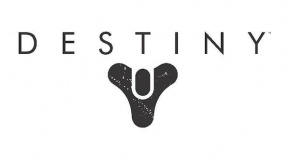





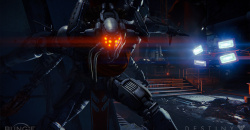


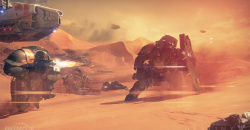
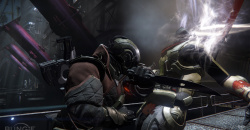
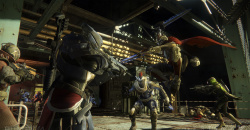
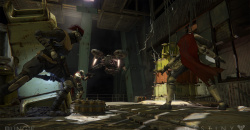

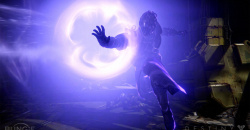



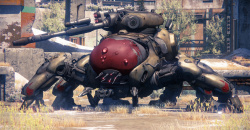
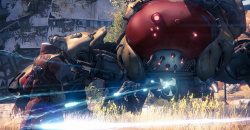
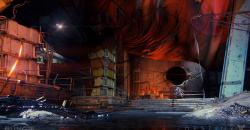
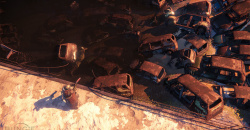
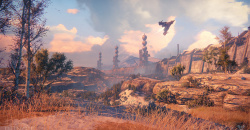
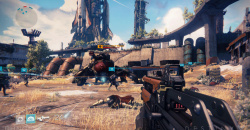
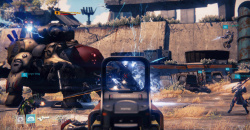

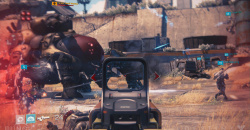
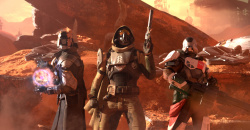



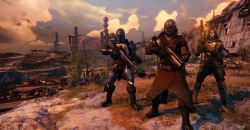
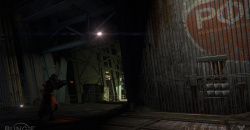
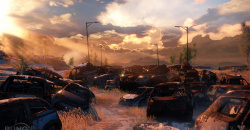
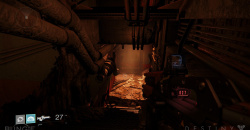
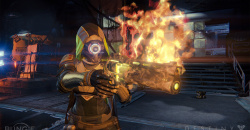
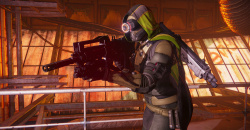

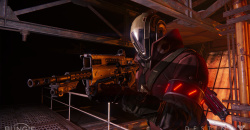
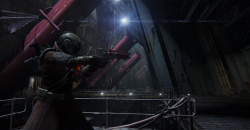
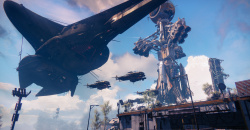
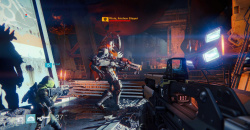
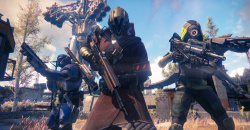



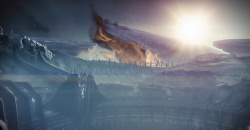
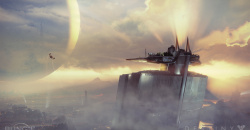
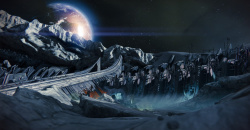
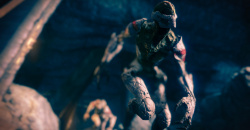


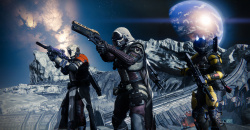

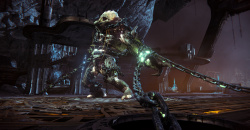
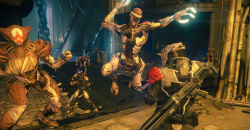
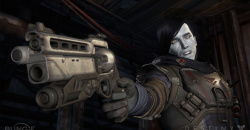

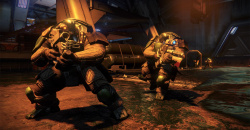
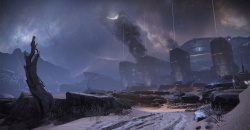
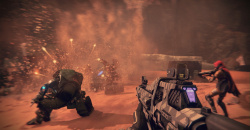
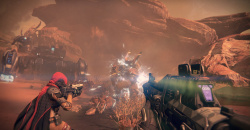
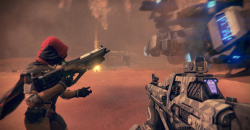
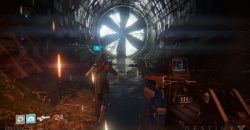
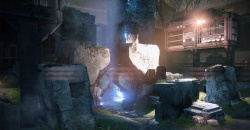
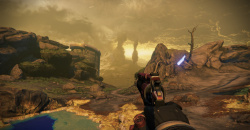


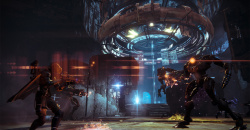

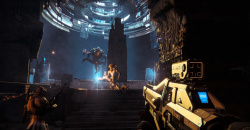

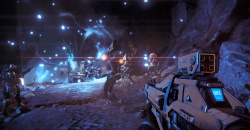
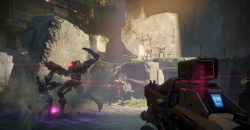
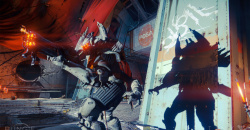
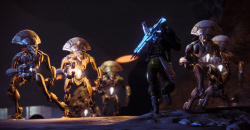
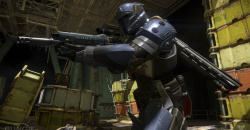
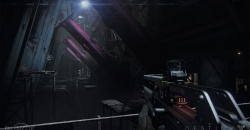
can i have a code
plz
can i have a code
plz send it to
i want it for a gift
hi ya leo